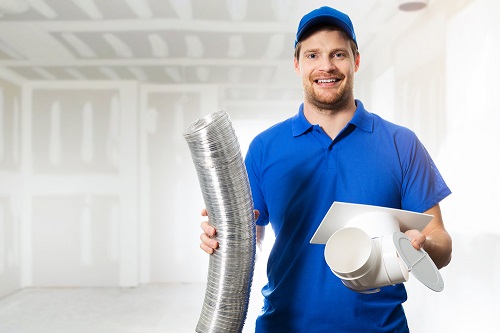 Condensation in air ducts is a common issue that can affect the performance and efficiency of heating, ventilation, and air conditioning (HVAC) systems. It occurs when moist air comes into contact with cold surfaces within the ductwork, leading to water droplet formation.
Condensation in air ducts is a common issue that can affect the performance and efficiency of heating, ventilation, and air conditioning (HVAC) systems. It occurs when moist air comes into contact with cold surfaces within the ductwork, leading to water droplet formation.
Explore the causes of condensation in air ducts and potential solutions
Causes of Condensation
Several factors contribute to condensation in air ducts. One primary cause is the presence of excessive humidity in the air. As warm air flows through the ducts, it encounters cooler surfaces, such as the metallic ductwork. If the air contains a high amount of moisture, it can reach its dew point temperature, resulting in condensation.
Another significant factor is insufficient insulation. Ducts that are poorly insulated or lack proper insulation altogether allow heat transfer between the conditioned air and the surrounding environment. Consequently, the external temperature may lead to the cooling down of the ductwork, resulting in the formation of condensation.
Moreover, duct leakage can worsen the problem with condensation. When there are gaps or leaks in the ductwork, the unconditioned air from the surroundings will come into the system. This uncontrolled intrusion of air may contain much higher humidity levels, leading to increased condensation within the ducts.
 Solutions to Prevent Condensation
Solutions to Prevent Condensation
Addressing condensation in air ducts requires a systematic approach.
Insulation: Properly insulating air ducts is essential to prevent temperature differences that lead to condensation. Insulating materials, such as fiberglass or foam insulation, should be installed around the ductwork to reduce heat transfer and maintain consistent temperatures.
Humidity Control: Implementing measures to control humidity levels in the air can significantly reduce condensation. This can be achieved through the use of dehumidifiers, and ventilation systems, or by installing humidistats to monitor and regulate humidity levels in the building.
Duct Sealing: Identifying and sealing leaks or gaps in the ductwork is crucial to prevent unconditioned air from infiltrating the system. Professional duct sealing techniques, such as using mastic or metallic tapes, can effectively address this issue.
Condensation Prevention Coatings: Applying specialized coatings to the inner surface of ductwork can help prevent condensation by creating a barrier that inhibits moisture absorption. These coatings are typically moisture-resistant and provide an extra layer of protection against condensation formation.
Regular Maintenance: Routine HVAC system maintenance is vital to ensure optimal performance and identify potential issues, such as poor insulation or leaks, before they lead to condensation problems. Regular inspections, cleaning, and servicing of ductwork should be carried out by professionals to keep the system in excellent condition.
Condensation in air ducts can significantly impact the functionality and efficiency of HVAC systems. By understanding the causes of condensation and implementing appropriate solutions like insulation, humidity control, duct sealing, condensation prevention coatings, and regular maintenance, it is possible to minimize or eliminate this issue, ensuring a comfortable and healthy indoor environment.
For regular duct maintenance and upgrading of your HVAC system, call J.C.’s Heating and Air.
Like our Facebook page for more great info about heating and cooling services.
Areas Served: Corryton, Fountain City, Halls Crossroads, Farragut, Powell, Knoxville, Knox County, Oak Ridge, Lenoir City



